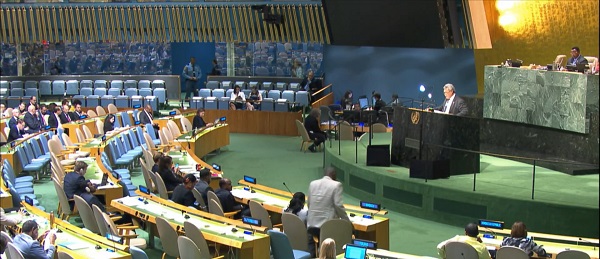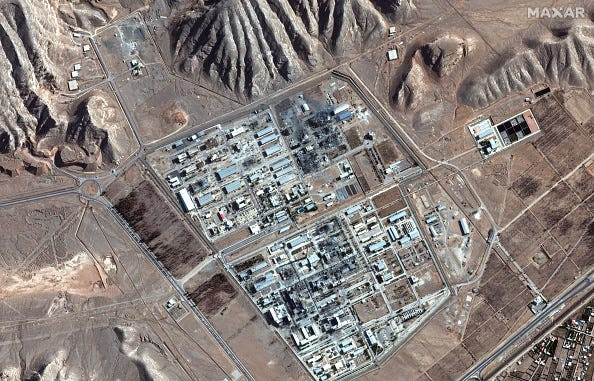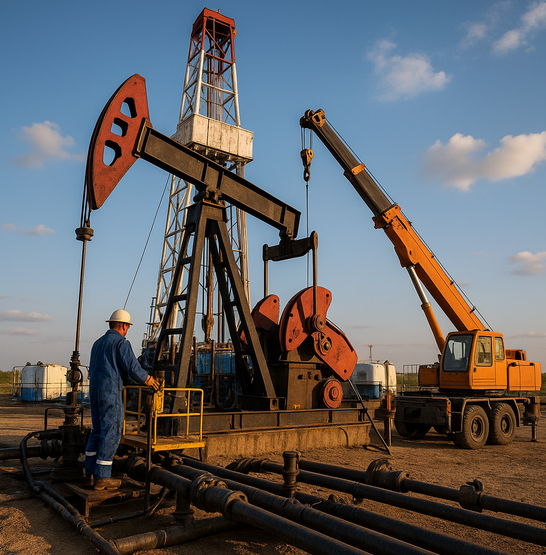Alberta
More questions than answers on NHL scheduling

MORE QUESTIONS THAN ANSWERS
Rumours are the lifeblood of sports. Few will argue the accuracy of such a statement. Perhaps the reason they draw so much attention on talk shows and in face-to-face conversation is the inevitable growth of broad and open discussions over a period of time.
Often, in sport and in every attention-getting issue, these debates take the simplest possible form: one group of gripers against another group of gripers. In the best of circumstances logic takes the place of emotion and the reasonable point of view is accepted.
Not always, of course.
Edmonton has much to offer in its bid, obviously starting with the region’s success in its war with coronavirus.
NHL scheduling — do they play or not? should they play or not? – has dominated these arguments almost since the first wide knowledge that COVID-19 had brought its crippling threat to North America. At times, the noise of fans desperate for the game and those who find desperate reason to keep everything, including sports events, locked down for the longest possible period has threatened to overshadow all but the most vital question of personal health and survival.
Self-distancing is at the root of all debates. Stay home as much as possible. Wear masks. Stay at least three metres away from other humans, except those who live in the same residence. Obviously, this has been good advice and continues to be.
But calls for a looser application of these valid regulations have apparently become the majority opinion. Larger social groups have been approved. More customers are allowed in many businesses than was the case only a few days ago. Haircuts are allowed, at long last.
Most important in the context of sports, golf courses and other athletic and fitness facilities have been opened. Beaches, too, but indoor swimming pools – in Edmonton anyway are still off-limits.
As I’m sure you know, the two-metre (roughly six feet) between unrelated individuals is still recommended.
Nowhere is the debate more heated than in talk of the NHL playoffs. Edmonton’s anxiety to become a so-called “hub” city for half of the games has been covered to the point of mental exhaustion for me, but still there are more questions than answers.
The biggest complaint seems to be articulated by those who think the NHL should live by the same rules as the rest of us. Many have complained in public at any suggestion that the 14-day isolation requirement for newcomers to the province should stay in place, even if it means the NHL and communication outlets in both North American nations would have to take their attractions to a city more welcoming.
Government officials insist that all possible precautions will be kept in place as newcomers arrive for the necessary training. The testing and recovery ratios are among the best in the world, but still concerns are expressed in strident tones. Edmonton has much to offer in its bid, obviously starting with the region’s success in its war with coronavirus.
From the standpoint of supporters, the status of Rexall Place among the very best facilities in the world should count as a major plus in the argument. Vancouver and Toronto have placed what they consider strong competitive bids. Vancouver’s COVID-19 numbers are in the same positive category as Edmonton’s. The same cannot be said for Toronto.
In only a short while, we’ll all learn whether Toronto’s financial opportunities overshadow the clear health advantages in smaller, western cities.
MORE QUESTIONS THAN ANSWERS.
Hundreds of young athletes grow more anxious by the day – ACAC season a series of “options”
Alberta
Alberta school boards required to meet new standards for school library materials with regard to sexual content

Alberta’s government has introduced new standards to ensure school library materials are age-appropriate.
School libraries should be safe and supportive places where students can learn and explore without being exposed to inappropriate sexual content. However, in the absence of a consistent standard for selecting age-appropriate library materials, school boards have taken different approaches, leading to concerns about safeguards in place.
In response to these concerns, and informed by feedback from education partners and the public, Alberta’s government has created standards to provide school boards with clear direction on the selection, availability and access to school library materials, such as books.
“Our actions to ensure that materials in school libraries don’t expose children to sexual content were never about banning books. These new standards are to ensure that school boards have clear guidance to ensure age-appropriate access to school library materials, while reflecting the values and priorities of Albertans.”
The new standards set clear expectations for school library materials with regard to sexual content and require school boards to implement policies to support these standards.
Standards for school library materials
Under the new standards, school libraries are not permitted to include library materials containing explicit sexual content. Non-explicit sexual content may be accessible to students in Grade 10 and above, provided it is age-appropriate.
“Protecting kids from explicit content is common sense. LGBTQ youth, like all children, deserve to see themselves in stories that are age-appropriate, supportive and affirming – not in material that sexualizes or confuses them.”
School boards must also regularly review their school library collections, publish a full list of available materials and ensure that a staff member supervises students’ access to school library materials. School boards will have to remove any materials with explicit sexual content from their school libraries by October 1.
School board policies and procedures
All school boards must have publicly available policies that align with the new standards for selecting and managing library materials by January 1, 2026. School boards can either create new policies or update existing ones to meet these requirements.
These policies must outline how school library materials are selected and reviewed, how staff supervise students’ access throughout the school day, and how a student, parent, school board employee or other member of the school community can request a review or removal of materials in the school library. School boards are also required to clearly communicate these policies to employees, students and parents before January 2026.
“A robust, grade- and age-appropriate library catalogue is vital for student success. We welcome the ministry’s initiative to establish consistent standards and appreciate the ongoing consultation to help craft a plan that will serve our families and communities well.”
“Red Deer Public Schools welcomes the new provincial standards for school library materials. Our division is committed to maintaining welcoming, respectful learning spaces where students can grow and thrive. Under the new standards for school libraries, we remain dedicated to providing learning resources that reflect our values and support student success.”
Quick facts
- The new standards will apply to public, separate, francophone, charter and independent schools.
- The ministerial order does not apply to municipal libraries located within schools or materials selected for use by teachers as learning and teaching resources.
- From May 26 to June 6, almost 80,000 people completed an online survey to provide feedback on the creation of consistent standards to ensure the age-appropriateness of materials available to students in school libraries.
Related information
- Ministerial Order
- School library standards engagement
- Reference Materials: Content warning: this document contains graphic content that may be disturbing to viewers and is not appropriate for young viewers. Viewer discretion is advised.
Alberta
Fourteen regional advisory councils will shape health care planning and delivery in Alberta

Regional health councils give Albertans a voice
Albertans want a health care system that reflects where they live and adapts to the unique needs of their communities. As part of the province’s health care refocus, Alberta’s government committed to strengthening community voices by providing more opportunities for Albertans to bring forward their local priorities and offer input on how to improve the system.
The regional advisory councils, made up of 150 members from 71 communities, will advise Alberta’s four health ministries and the newly refocused health agencies: Primary Care Alberta, Acute Care Alberta, Assisted Living Alberta and Recovery Alberta. Each council will explore solutions to local challenges and identify opportunities for the health system to better support community decision-making.
“By hearing first-hand community feedback directly, we can build a system that is more responsive, more inclusive and ultimately more effective for everyone. I am looking forward to hearing the councils’ insights, perspectives and solutions to improve health care in all corners of our province.”
“Regional advisory councils will strengthen acute care by giving communities a direct voice. Their insights will help us address local needs, improve patient outcomes and ensure timely access to hospital services.”
“A ‘one-size-fits-all’ approach does not address unique regional needs when it comes to mental health and addiction challenges. These councils will help us hear directly from communities, allowing us to tailor supports and services to meet the needs of Albertans where they are.”
“Every community has unique needs, especially when it comes to seniors and vulnerable populations. These regional advisory councils will help us better understand those needs and ensure that assisted living services are shaped by the people who rely on them.”
Members include Albertans from all walks of life, health care workers, community leaders, Indigenous and municipal representatives, and others with a strong tie to their region. About one-third of members work in health care, and more than half of the council chairs are health professionals. Almost one-quarter are elected municipal officials, including 10 serving as chairs or vice-chairs. Ten councils also include a representative from a local health foundation.
Council members will share local and regional perspectives on health care services, planning and priorities to help ensure decisions reflect the realities of their communities. By engaging with residents, providers and organizations, they will gather feedback, identify challenges and bring forward ideas that may not otherwise reach government.
Through collaboration and community-informed solutions, members will help make the health system more responsive, accessible and better able to meet the needs of Albertans across the province.
“As Primary Care Alberta works to improve access to primary health care services and programs across Alberta, we are grateful to have the opportunity to tap into a dedicated group of community leaders and representatives. These people know their communities and local needs, and we look forward to learning from their experiences and knowledge as we shape the future of primary care in Alberta.”
“The regional advisory councils will help to bring forward the voices of patients, families and front-line providers from every corner of Alberta. Their insights will help us plan smarter and deliver care that’s timely, effective and truly local. We look forward to working closely with them to strengthen hospital and surgical services across the province.”
“Nobody understands the health care challenges unique to a community better than the people who live there. The regional health advisory councils are made up of those living and working on the front lines across the province, ensuring we are getting the perspective of Albertans most affected by our health care system.”
“Alongside Recovery Alberta’s staff and physician team, these regional advisory councils will build upon the high standard of mental health, addiction and correctional health services delivered in Alberta.”
Indigenous Advisory Council
Alberta’s government continues to work directly with Indigenous leaders across the province to establish the Indigenous Advisory Council to strengthen health care services for First Nation, Métis and Inuit communities.
With up to 22 members, including Indigenous health care workers, community leaders and individuals receiving health care services, the council will represent diverse perspectives across Alberta. Members will provide community perspectives about clinical service planning, capital projects, workforce development and cultural integration in health care.
Related information
-

 Business2 days ago
Business2 days agoCarney government should recognize that private sector drives Canada’s economy
-

 Alberta1 day ago
Alberta1 day agoAlberta school boards required to meet new standards for school library materials with regard to sexual content
-

 Environment1 day ago
Environment1 day agoEPA releases report on chemtrails, climate manipulation
-

 Crime1 day ago
Crime1 day agoSweeping Boston Indictment Points to Vast Chinese Narco-Smuggling and Illegal Alien Labor Plot via Mexican Border
-

 Business2 days ago
Business2 days agoCannabis Legalization Is Starting to Look Like a Really Dumb Idea
-

 Bruce Dowbiggin2 days ago
Bruce Dowbiggin2 days agoThe Covid 19 Disaster: When Do We Get The Apologies?
-

 Alberta1 day ago
Alberta1 day agoFourteen regional advisory councils will shape health care planning and delivery in Alberta
-

 Business1 day ago
Business1 day agoUN’s ‘Plastics Treaty’ Sports A Junk Science Wrapper






